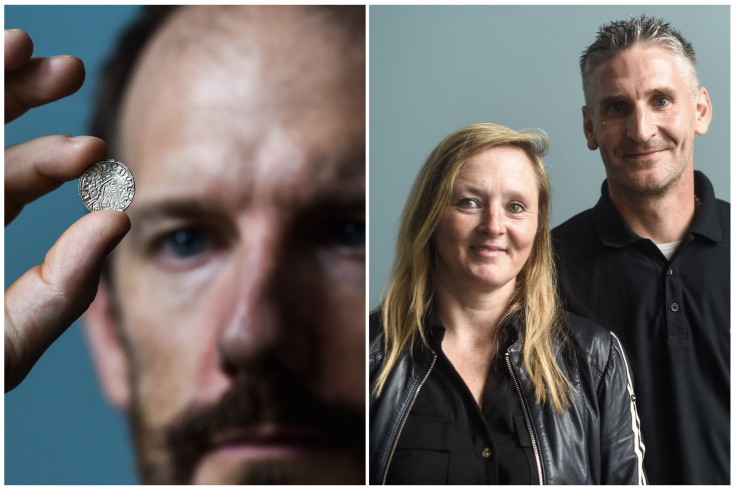
A group of amateur treasure hunters who uncovered a hoard of historically significant coins buried in a field will finally see their treasure properly displayed.
Adam Staples and six friends were treasure hunting in a southwest England farm field, when Staples' metal detector alerted him to a life-changing find. After 30 years as a treasure-hunting hobbyist, Staples and his companions discovered a hoard of over 2,500 silver coins, buried below ground for nearly 1,000 years.
"The first one was a William the Conqueror coin — 1,000 pounds, 1,500 pounds value. It's a really good find. It's a find-of-the-year sort of discovery," Staples told the press on Tuesday, according to WTOP. "And then we got another one, (we thought) there might be five, there might be 10... and it just got bigger and bigger."
The 2019 discovery has finally made its way to a museum after being processed according to Britain's Treasure Act which requires archaeological finds to be turned in for government assessment. Once the valuation of the coins was set, Staples and his treasure hunting team were paid 4.3 million pounds ($5.6 million) to split between themselves.
"It's like winning the lottery. I'm not going to give up now, I love it," Staples said of his lucrative hobby.
Michael Lewis, head of the government-funded Portable Antiquities Scheme, called the find "one of the most spectacular discoveries" of recent years. The coins, minted between 1066 and 1068, were hidden in the aftermath of William, Duke of Normandy's conquest of England.
"Most of us are taught about the Norman Conquest of England at school, probably because it was the last time that England was successfully conquered, but it a story based on certain myths," Lewis told AP News, adding that this hoard of coins with some depicting Norman conquerer, William I, and others with the conquered Saxon, Harold II, "helps us to tell a different story, one that is more nuanced."
The coins, referred to as The Chew Valley Hoard for the area they were found, will tour museums across the U.K. before taking up permanent residence at the Museum of Somerset in Taunton.
© 2024 Latin Times. All rights reserved. Do not reproduce without permission.









